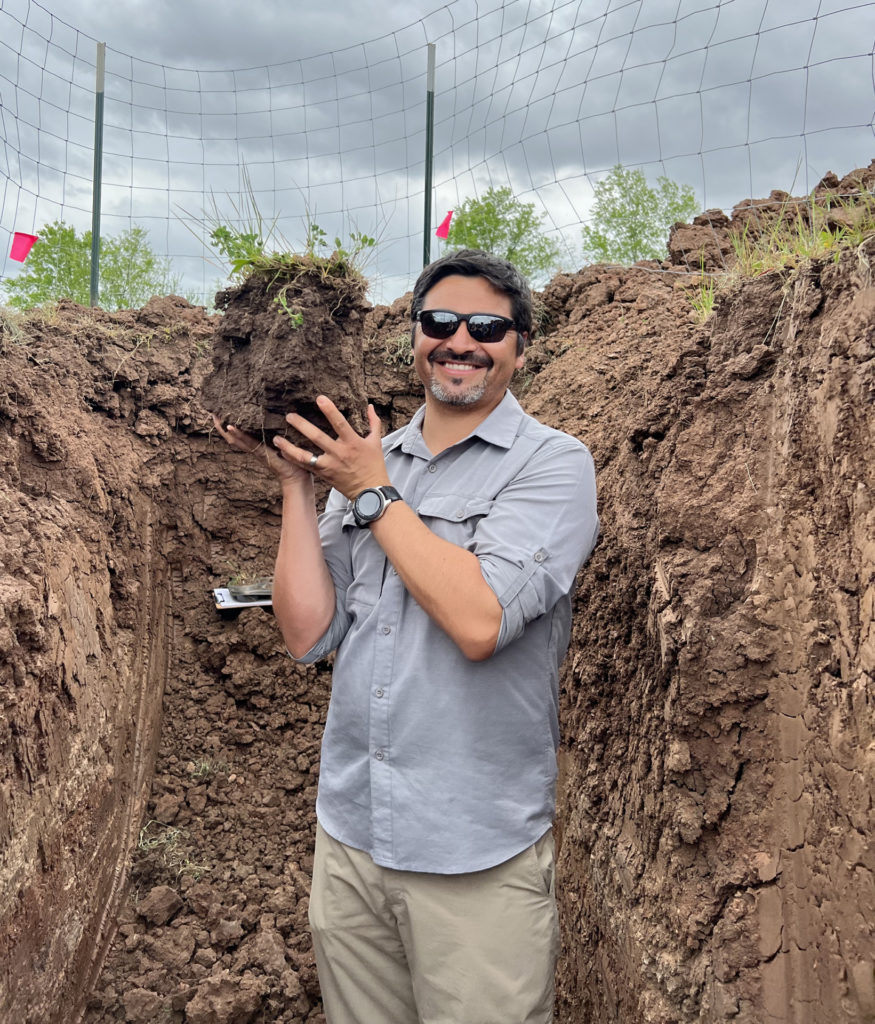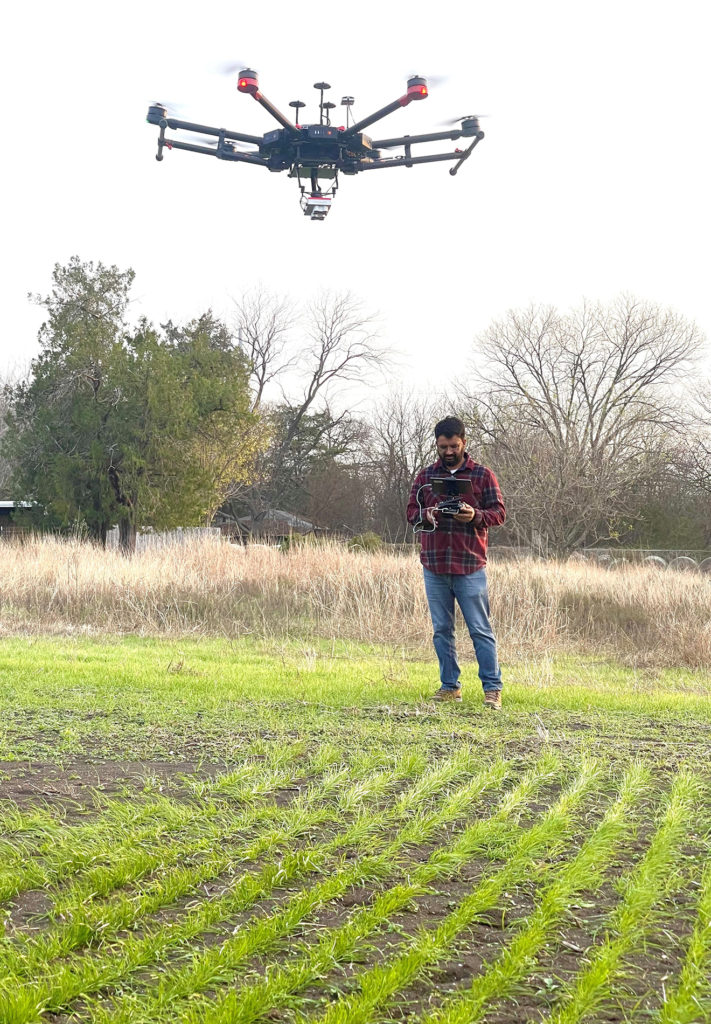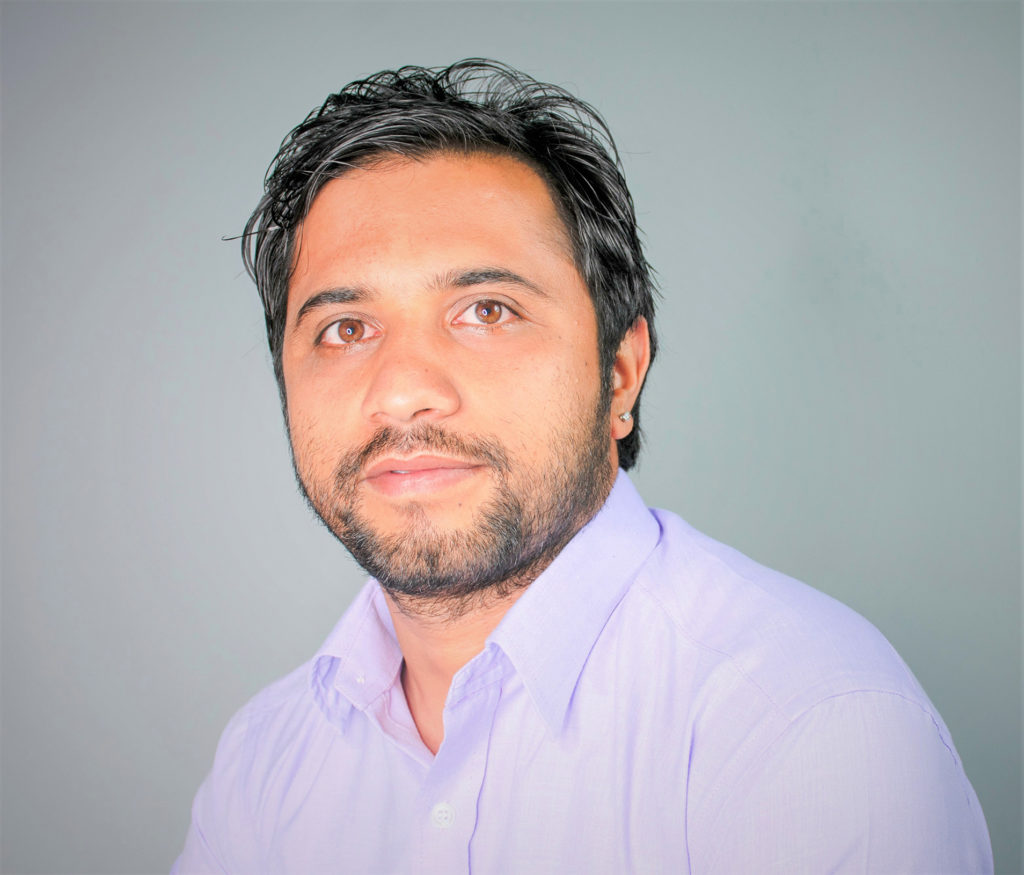New faculty help connect producers with agricultural advancements
Texas A&M Department of Soil and Crop Sciences adds four new faculty
Four new faculty additions in the past year to the Department of Soil and Crop Sciences in the Texas A&M College of Agriculture and Life Sciences are increasing Texas A&M AgriLife’s ability to improve Texas agriculture.
“The addition of these faculty members helps meet not only the needs of our students, but also our clientele and stakeholders by providing and improving the knowledge about best practices for producing crops in Texas,” said David Baltensperger, Ph.D., head of the Department of Soil and Crop Sciences, Bryan-College Station.
“We are continually striving to meet the needs of our producers by advancing our research to support resilient food production and securing our soils for the long term,” Baltensperger said.
The new hires are located on the Texas A&M campus in College Station as well as across the state at the Texas A&M AgriLife Research and Extension Centers in Temple, Corpus Christi and Beaumont. The research areas range from soils to digital data to remote sensing and rice breeding.
Baltensperger said each individual brings skills that help the department stay on the cutting edge of technological advances in agriculture.
Felipe Aburto

Specializing in pedology and soil biogeochemistry is Felipe Aburto, Ph.D., an assistant professor in Bryan-College Station who earned his master’s and doctoral degrees in soil and biogeochemistry from the University of California – Davis.
“In my research, I emphasize pedological mechanisms and soil functions that support vital ecosystem services, including carbon sequestration, nutrient and water cycling, and interactions among soils, microbes, vegetation and hydrology at different scales,” Aburto said.
His newest research studies the efficacy of using rock powder for carbon sequestration in different soils in agroecosystems and across climatic gradients.
“This will allow us to estimate the soil, vegetation and climate dependency of enhanced weathering carbon capture,” he said. “Enhanced weathering has been proposed as one of the leading climate mitigation alternatives for CO2 capture.”
Enhanced weathering is based on applying finely ground rock amendments to the soils, Aburto said. These fresh minerals generally are made of easily weatherable minerals that tend to dissolve fast, consuming carbon dioxide during this weathering reaction.
The carbon dioxide then is transported down the soil profiles as bicarbonate, where it may precipitate into carbonates or leach away into stream waters and finally to the ocean, he said. Then it can be precipitated and sequestered for thousands or even millions of years.
In another project, Aburto said his team is studying how agricultural intensification changes weathering rates and the formation of clay minerals.
“We are using the University of Illinois’ Morrow Long-Term Experiment to determine how adding fertilizer or organic amendments may ameliorate soil nutrient depletion and alter weathering patterns in the long term,” he said. “The result of this analysis will allow us to understand better some of the long-term impacts of intensive agriculture on soil resources and biogeochemical cycles.”
Gurjinder Baath

Gurjinder Baath, Ph.D., joined the faculty an assistant professor and digital agriculture specialist at the Texas A&M AgriLife Research and Extension Center at Temple.
He earned his bachelor’s degree in agriculture from Punjab Agricultural University, his master’s degree in plant and environmental sciences from New Mexico State University, and his doctorate in crop science from Oklahoma State University. Before joining Texas A&M, he worked as a postdoctoral fellow in the Department of Plant and Soil Sciences at Oklahoma State University.
Baath is establishing a data-driven field research program to generate decision support tools for Texas producers and beyond.
“Although remote-sensing technologies, whether UAV, satellite or ground-based, are currently used in agricultural systems to some extent, lack of crop-specific interpretation algorithms limit their application for Texas producers,” he said.
As part of his research program, Baath said he prioritizes developing data interpretation models for major crops in Texas, such as corn, cotton and sorghum. He is particularly interested in integrating remote-sensing platforms with process-based crop models to capture temporal and spatial variability concerning key soil and crop processes.
“By utilizing advanced sensing technologies and crop models, greater availability of public datasets on soil and climate, and high computation power, I’m looking forward to building integrative solutions that will aid producers in making more informed crop management decisions that enhance the profitability and sustainability of Texas cropping systems,” he said.
Mahendra Bhandari

Mahendra Bhandari, Ph.D., is an assistant professor at the Texas A&M AgriLife Research and Extension Center in Corpus Christi. He earned his bachelor’s degree in agriculture from Tribhuvan University in Nepal; his master’s degree in plant, soil and environmental science from West Texas A&M University; and his doctorate in agronomy from Texas A&M University.
Bhandari is building a “digital agriculture” program that integrates agronomy, remote sensing and artificial intelligence to develop data-driven tools for genotype selection, cropping system design and crop management decisions.
His research is focused on understanding the genotype, environment and management interactions through a multidisciplinary approach and utilizing this knowledge to develop cropping system solutions. The research focus is to develop high throughput phenotyping tools based on unmanned aerial systems, UAS, or drones to help researchers evaluate genotype response to biotic and abiotic stresses.
“We are closely working with several plant breeding programs across Texas A&M to facilitate UAS data collection, processing, storage and analysis,” he said.
On the precision agriculture side, Bhandari said they extensively use UAS and ground measurements and are exploring high-resolution satellite imagery to develop decision support tools for predictive and prescriptive crop management of inputs such as irrigation, fertilizer, growth regulators, harvest-aid chemicals, taking account of both spatial and temporal variability.
“Our focus is finding solutions that can enhance farmers’ predictive capabilities with regard to crop production decisions,” Bhandari said. “We are developing in-season crop management and yield prediction frameworks using Digital Twin and AI tools.”
He is collaborating with Juan Landivar, Ph.D., professor and Texas A&M AgriLife Research and Extension Center director, and several faculty members from the Department of Electrical and Computer Engineering and Institute of Data Science.
“We believe that this tool will enhance producers with near-real-time planning and execution of management decisions as well as the marketing of their produce,” he said. “Having the information in the producer’s hand on when and how much inputs to apply helps address the over and under application of chemicals, which, in turn, will lower the cost of production, improve economic efficiency and environmental sustainability.”
Additionally, he manages a web-based data portal for handling, processing and analyzing agricultural big data obtained from remote-sensing technologies and field measurements.
Shyamal Talukder

Shyamal Talukder, Ph.D., assistant professor at the Texas A&M AgriLife Research and Extension Center at Beaumont, has been working for about a year in the Texas A&M AgriLife Research rice breeding program.
He earned his bachelor’s degree in agriculture and his master’s degree in horticulture from Bangladesh Agricultural University, and his doctorate in plant breeding and genetics from Kansas State University.
Talukder works in the inbred rice breeding and genetics program, which aims to develop rice cultivars with enhanced yield along with high milling and cooking quality for the market, disease and insect resistance, herbicide tolerance, high seedling vigor, cold, heat and drought tolerance.
The breeding program follows conventional breeding approaches integrated with molecular and high throughput breeding technology, i.e., marker-assisted selection, genomic selection, model-assisted selection, gene editing, induced mutation, etc.
“My major research focus is to address fundamental rice growing issues, including biotic and abiotic factors in the region and worldwide using genome-wide association studies and biparental mapping for marker development, transcriptomics, genomics, semi-high throughput phenotyping and genome editing,” Talukder said.
Talukder said his group is working with other researchers to develop projects using UAS technology for decision-making, traits development and molecular marker identification in the breeding program.


